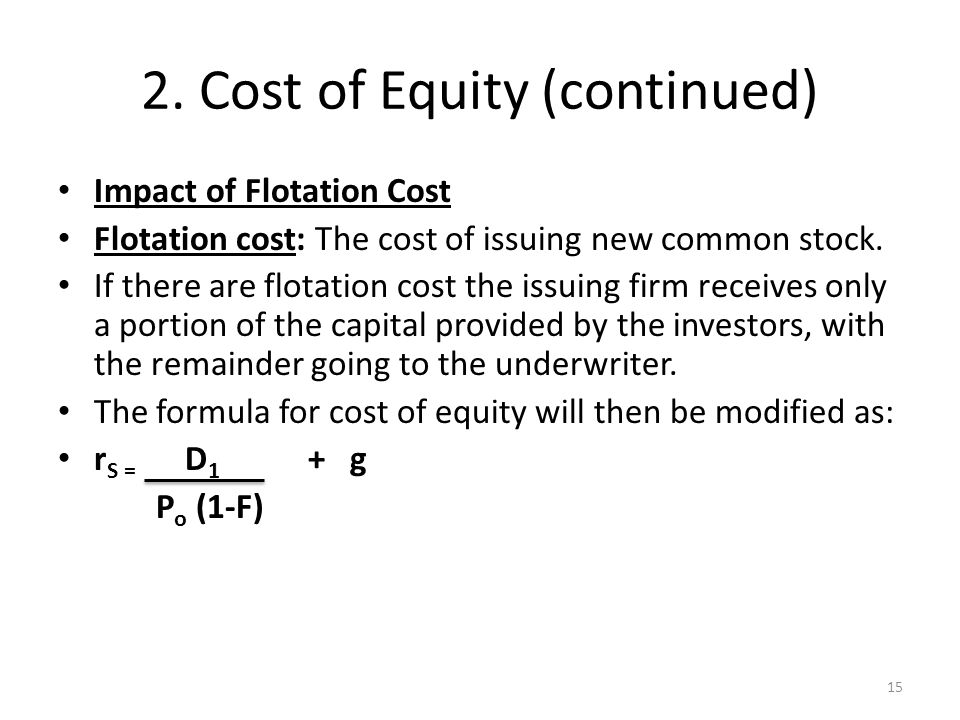Content

Both are a part of the balance sheet, but accounts receivable falls under the current assets section while accounts payable falls under the liabilities section under current liabilities. No, accounts payable are recorded as a liability on the balance sheet whereas expenses are written in the company’s income statement. Accounts payable is the money owed to vendors and suppliers that results in cash outflow. Meanwhile, accounts receivable is the money you receive from selling goods and services that leads to revenue.
- It is the amount of money a company can collect because it sold goods or services on credit to a customer.
- Accounts payable are typically recorded upon receipt of an invoice based on the payment terms both parties agreed to when initiating the transaction.
- Both AP and AR are worth understanding in order to get a handle on your healthy cash flow.
- This could be in the form of goods or services that have been received but not yet paid for.
- When the customer pays their invoice for services rendered, your business will debit the cash amount and credit the accounts receivable account.
- The Ascent is a Motley Fool service that rates and reviews essential products for your everyday money matters.
In addition, the formulas for calculating the AR Turnaround Ratio for quarterly and annual periods differ slightly. These formulas assume that the average number of days required to collect outstanding balances is 30 days, regardless of whether the invoice is due on a weekly, biweekly, or monthly basis. This type of reporting requires tracking each transaction individually. If an item costs $10,000 and takes three months to deliver, you must recognize the entire $10,000 as an expense when the bill is delivered. Technology has come a long way since the days of physical ledgers and checks.
Interested in automating the way you get paid? GoCardless can help
It helps to measure how well a company handles their receivables or debtors. Get instant access to video lessons taught by experienced investment bankers. Learn financial statement modeling, DCF, M&A, LBO, Comps and Excel shortcuts. If you have customers around the world, then you need an effective way to deal with international transactions. You’ll be able to manage, convert, and pay in different currencies all from a single account. The Wise Business multi-currency account is an affordable option that grants you up to 10 major foreign account details. That means you can have a UK account number and sort code, for example, even if you’re a US citizen.

Essentially, accounts receivable refers to outstanding invoices that are owed to your company by customers. https://online-accounting.net/ It represents a line of credit that has been extended from the client to the customer.
Accounts Payable Turnover Ratio
As we all know that every coin has two aspects and the same is the case with accounts receivable and accounts payable. If there are accounts receivable for a particular company, this will surely be accounts payable for some What is the difference between accounts payable and accounts receivable? other company. Both of them are important for a company for its survival and smooth running. Full control over the accounts receivable and accounts payable should be there, for efficient working capital management.
What is journal entry in accounts payable?
Accounts Payable Journal Entries refer to the amount payable in accounting entries to the company's creditors for the purchase of goods or services. They are reported under the current head liabilities on the balance sheet, and this account is debited whenever any payment has been made.
